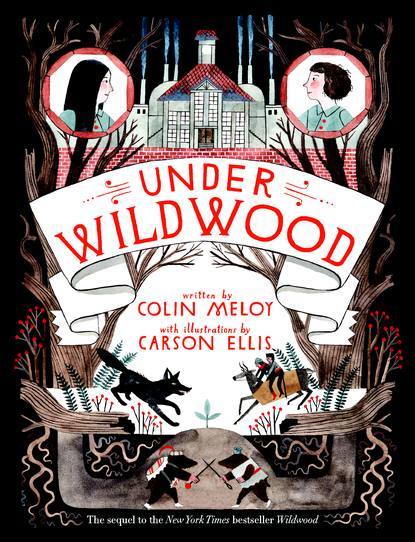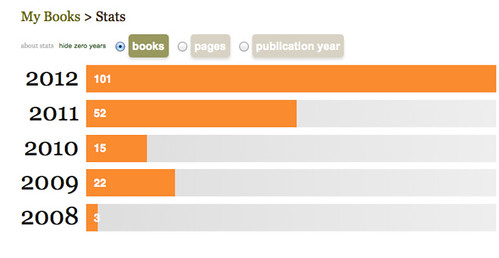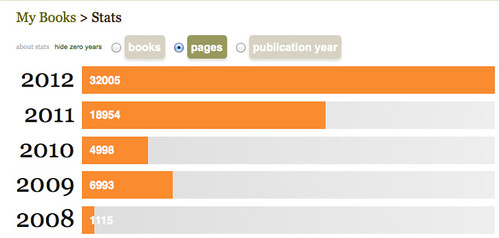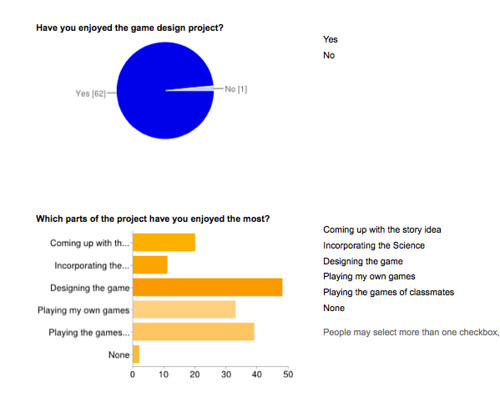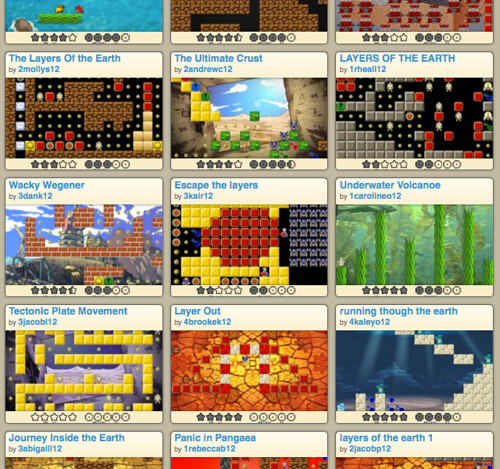
I’m not writing today about my usual topics about technology, digital media and writing. No, today, I am thinking about the technology requirements that the PARCC consortium (Partnership for Assessment of Readiness for College and Career) has just put forth for school districts as part of its upcoming assessment connected to the implementation of the Common Core. This is the nitty-gritty of the technology, not the creative side of things. You see, the assessment will be mostly administered online (I say, mostly, because there has been a clause I’ve seen that allows districts to opt out of the digital component, although I am not sure how long that opt-out will remain).
The PARCC group, as well as its Smarter Balanced Assessment Consortium competitor, has been working to document the minimum technology necessary to administer the assessment. This follows a required self-assessment of school districts on their own technology capabilities. The other day, PARCC released its latest report. I should note that PARCC says (in bold letters) that these criteria are for guidance only, and that as it evaluates pilot assessments, it may adjust its requirements. Here are some of the things it says school districts need to do to be ready for the 2014-15 assessment phase:
- Computers must have access to the Internet and run at 100 kb per second per computer or higher;
- Strict security requirements must be in place, including: unrestricted Internet access, video and photo cameras, screen capture, email, instant messaging, blue tooth access, application switching and printing;
- Devices (including tablets) must have at least a 9.5 inch screen. It is recommended that all tablets have portable keyboards;
- Headphones and microphones for every computer, for the English Language Arts component and for speech/hearing impaired students;
- If you are using Microsoft OS, you will need a browser other than Explorer (due to HTML5 components);
- E-readers, smartphones and other smaller mobile devices will not be supported by the PARCC assessment.
You can read the document yourself at the PARCC site. EdWeek has a nice overview, too.
The questions I have encountered in my own school and in other school districts has revolved around having enough computers for students taking the PARCC in a given school, and the legimate concern that those computers, labs and carts will be locked down for long time stretches for testing, and not for student use for creating and exploring with technology. I think that is a legitimate concern, don’t you?
Peace (in the tech requirements),
Kevin

